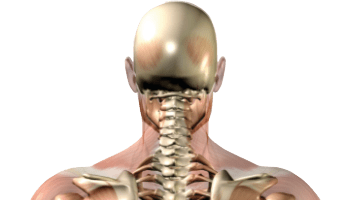What is Osteoarthritis?
Scientifically, osteoarthritis is a simple process to describe. However, the physical and emotional impacts can be difficult to put into words.
Osteoarthritis refers to the gradual breakdown of joint cartilage in your body. This precious cartilage acts as a cushion between bones, allowing for smooth joint movement. As the condition progresses, the cartilage wears away, leading to pain, swelling, and difficulty in performing everyday activities.
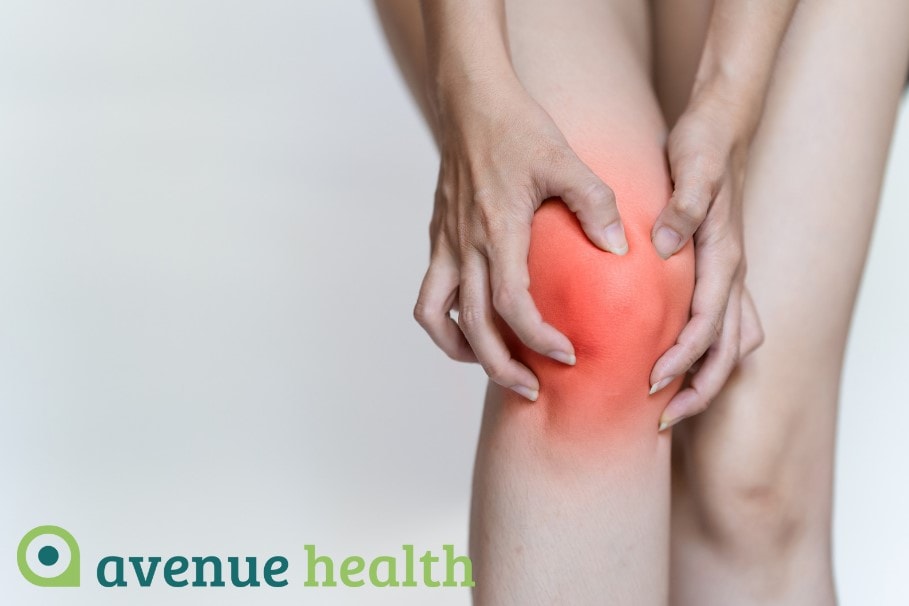
Osteoarthritis often occurs naturally with age, although common risk factors also include genetics, joint injuries, obesity, and certain metabolic diseases. Weight-bearing joints such as the knees, hips, and spine are often most affected by the condition, although osteoarthritis can impact any joint in the body.
What’s more, osteoarthritis can develop in any of the joints, but is most common in the knees, hips, hands and fingers.
Osteopathy can help with many arthritic conditions but physical activity, mobilisation and exercise are helpful too.
Symptoms of Osteoarthritis
The symptoms of osteoarthritis vary, but some common signs include the following:
- Pain
One of the most common symptoms of osteoarthritis is persistent joint pain, often worsened by activity and relieved by rest.
- Stiffness
Sufferers often experience reduced joint flexibility, particularly after periods of inactivity. This might be more noticeable after getting out of bed in the morning, or getting up off of a chair.
- Swelling
Your affected joints are likely to swell; this may be more noticeable with osteoarthritis of the hands and fingers. The swelling is due to inflammation of the joints.
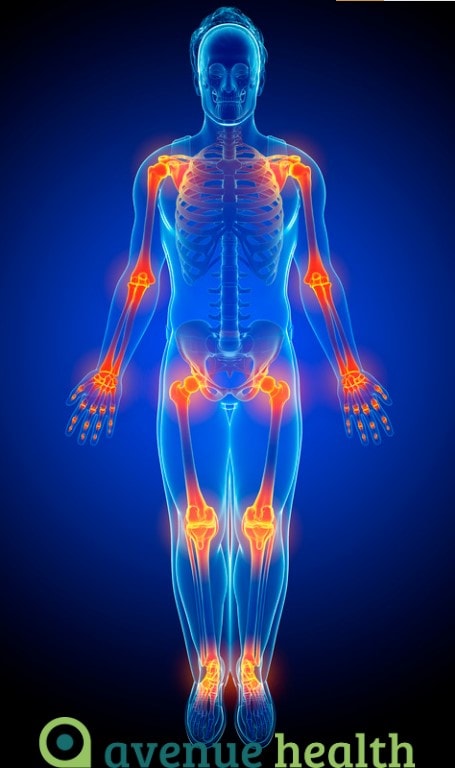

4. ‘Grating’ Sensation
As the cartilage – which acts as a natural lubricant of the joints – wears away, the joints rub against each other. This creates a grinding or grating sensation during joint movement.
5. Limited Range of Motion
Sufferers are also likely to have difficulty in moving the joint through its full range of motion – such as circling the hips or the hands.
Can I exercise with osteoarthritis?
The answer is YES: you can exercise if you have osteoarthritis. In fact it is encouraged. People who suffer from osteoarthritis who exercise or participate in regular physical activity can help improve joint function, reduce pain, and enhance overall well-being.
However, you will need to consult your healthcare professional first and make sure to build up a routine gradually if you are not used to exercise.
What exercise can I do?
Thankfully, there are a range of exercises suitable for people with osteoarthritis, so you can choose those which are accessible for you and which you enjoy.
- Walking
Walking is easy on the joints and can be incorporated into the lives of most people. Walking tones the muscles which support the joints, effectively strengthening them over time. It can also aid weight-loss, which reduces the pressure put on the weight-bearing joints such as the hips and knees.
Try this:
- If you’re new to walking, consider joining your local walking group, such as through the Ramblers organization here.
- Aim to build up the duration of your walks gradually and keep track of your progress
- Follow each walk with 5-10 minutes of range of motion and strength exercises (see below).

- Aqua aerobics and aqua walking
Access to a pool can be extremely beneficial for improving your symptoms of osteoarthritis. The buoyancy of the water (ideally shoulder height) helps relieve the pressure of your body’s weight on your joints, which makes aqua jogging a popular option for osteoarthritis sufferers. Aqua exercise also helps to build up strength around your affected joints, as a result of the water resistance which makes your muscles work harder.

Try this:
- Start by warming up by entering the pool and walking back and forth for at least 5 minutes. Focus on lifting your knees high to activate your muscles.
- Holding onto the pool edge, swing one leg forward and backwards, then switch to the other leg. If the water is shoulder-deep, you can also do arm circles – both forward and backwards.
- Switch to side steps for 5 minutes, using the water resistance to engage your leg muscles.
- Next, hold onto the pool edge and perform push-ups against the resistance of the water.
- Cool down by walking back and forth for another 5 minutes.
- Strength training
Strength training also clearly shows improved strength and functionality – as well as reduced pain – in people with osteoarthritis. In a Finnish study, patients with rheumatoid arthritis (an autoimmune and inflammatory disease) who did strength training twice a week for two years improved their muscle strength by up to 59% (link to research). This in turn led to reduced inflammation, pain and joint stiffness.
- Leg Raises (strengthens the front of your thigh)
Sit or lie down and lift one leg at a time straight out in front of you. Hold for a few seconds and then lower it back down.
- Quad Sets (strengthens the top of your thigh)
Sit with your legs straight and push the back of your knee into the floor, tightening the muscles at the front of your thigh. Hold for a few seconds and then relax.
- Hamstring Curls (strengthens your back thighs and buttocks)
While standing or lying down, bend your knee and bring your heel towards your buttocks. Hold for a moment and then lower your foot.
- Calf Raises (strengthens the lower leg)
Stand with your feet flat on the ground and raise your heels off the floor, lifting your body upward. Hold briefly before lowering your heels.
- Wall Push-Ups (strengthens your arms, chest and back)
Stand facing a wall with your hands on the wall at shoulder height. Perform push-ups against the wall, focusing on strengthening your arms and shoulders.

- Seated Rows (strengthens the shoulders and upper back)
Take a weight in each hand and stand with your feet comfortably apart. Then bend your knees and lean forward at the hips. Straighten your arms out below you and slowly raise the weights to your shoulders. You can also alternate between left and right.
- Bicep Curls (strengthens the inside of the upper arm)
Hold light dumbbells in your hands and perform bicep curls by bringing your hands up to your shoulders, and then lowering them back down. Keep your movements slow and controlled.
- Tricep Dips (strengthens the back of the upper arm)
Sit on a sturdy chair or bench, place your hands on the edge, and lift your body off the seat. Bend your elbows and lower your body, then straighten your arms to return to the starting position.

- Range of motion/mobilisation exercises
Range of motion refers to the normal amount of movement you should have within a joint. These exercises encourage this natural movement gently, and improve joint strength and flexibility. They are particularly effective when combined with strength training.
Consider practising the following range of motion exercises in the morning when you are the most stiff.
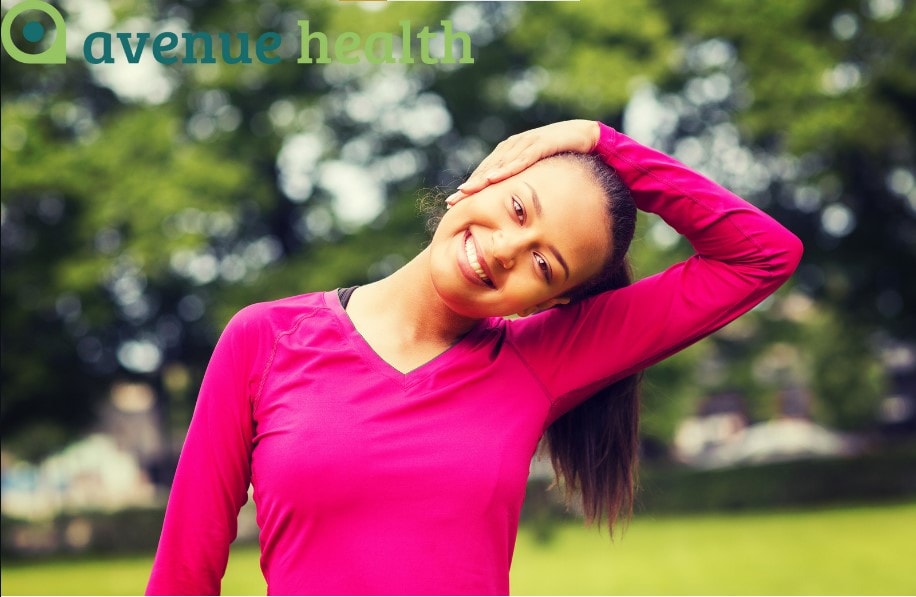
Try these:
- Neck Flexion and Extension
Slowly tilt your head forward (chin to chest) and then sideways (ear to shoulder). Hold each position for a few seconds.
- Shoulder Circles
Gently rotate your shoulders in a circular motion, moving them forward and then backwards.
- Elbow Flexion and Extension
Bend and straighten your elbows, focusing on the full range of motion.
- Wrist Flexion and Extension
Move your wrist up and down, as well as side to side, then try circling them.
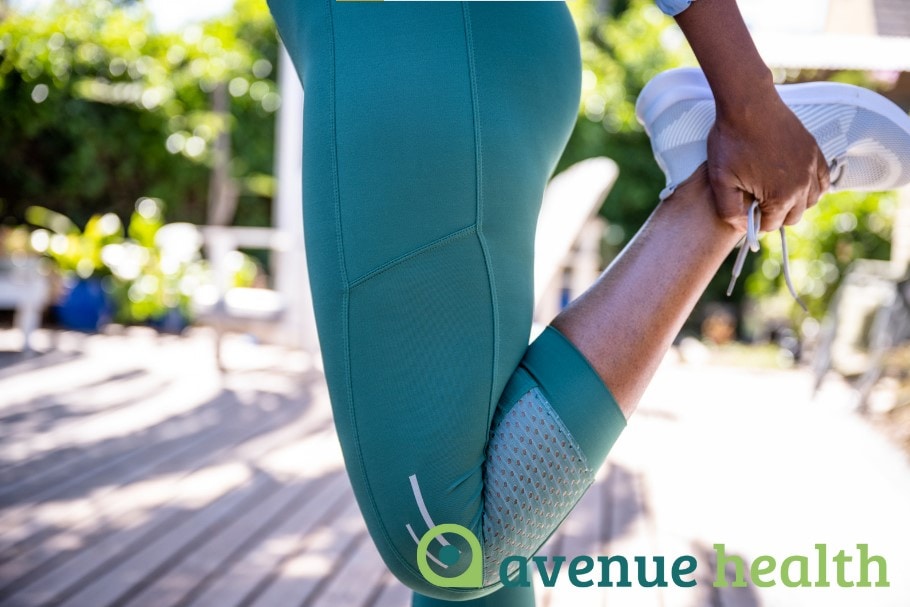
- Hip Abduction and Adduction
Move your leg outward (away from the midline of the body) and inward (toward the midline).
- Knee Flexion and Extension
Bend and straighten your knee, aiming for a full range of motion.
- Ankle Circles
Rotate your ankles in a circular motion, both clockwise and counterclockwise.
- Toe Flexion and Extension
Curl and straighten your toes, working on the flexibility of the foot joints.
Other useful resources include the Arthritis Action website (click the ‘How We Can Help’ tab at the top).
